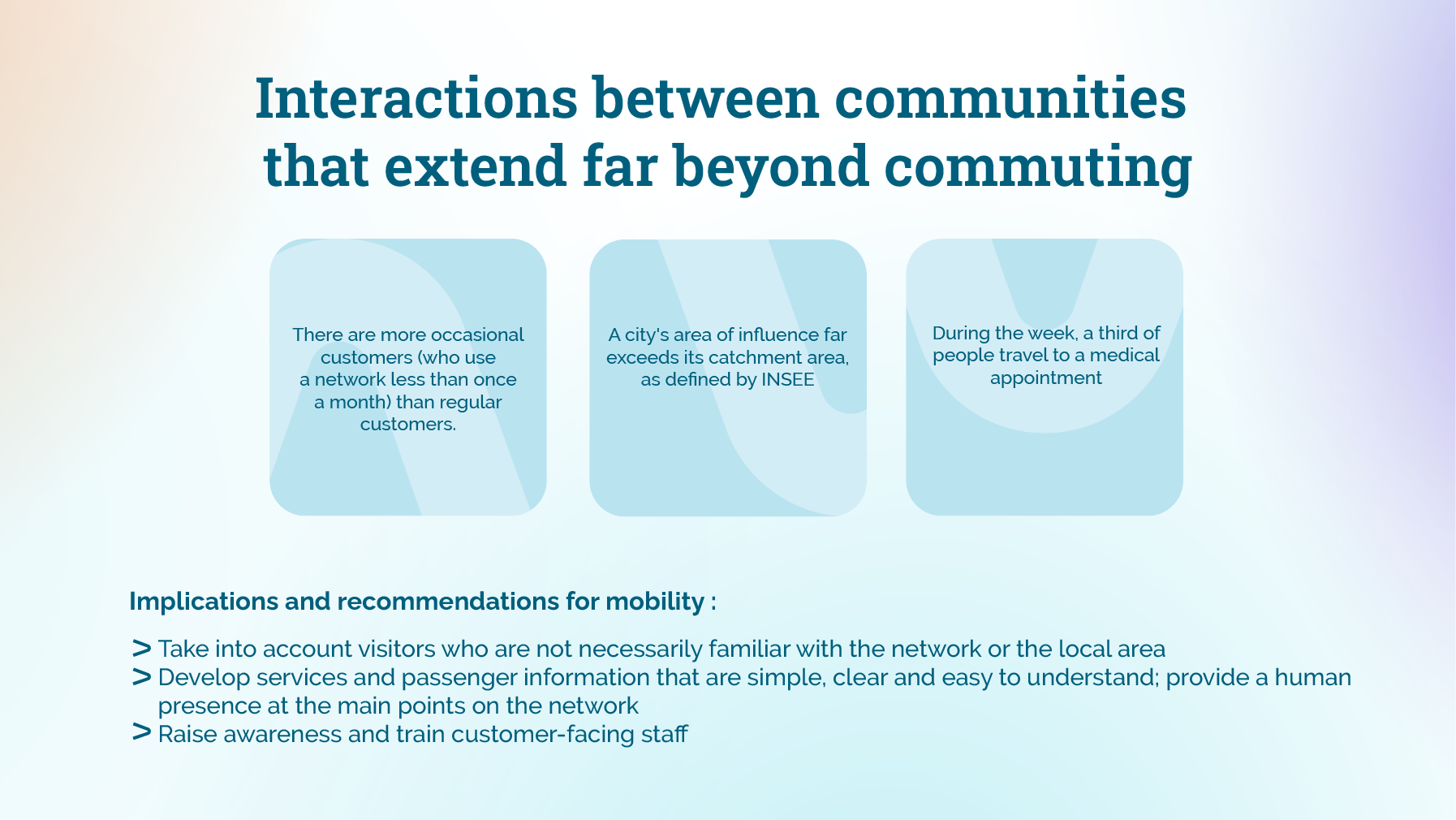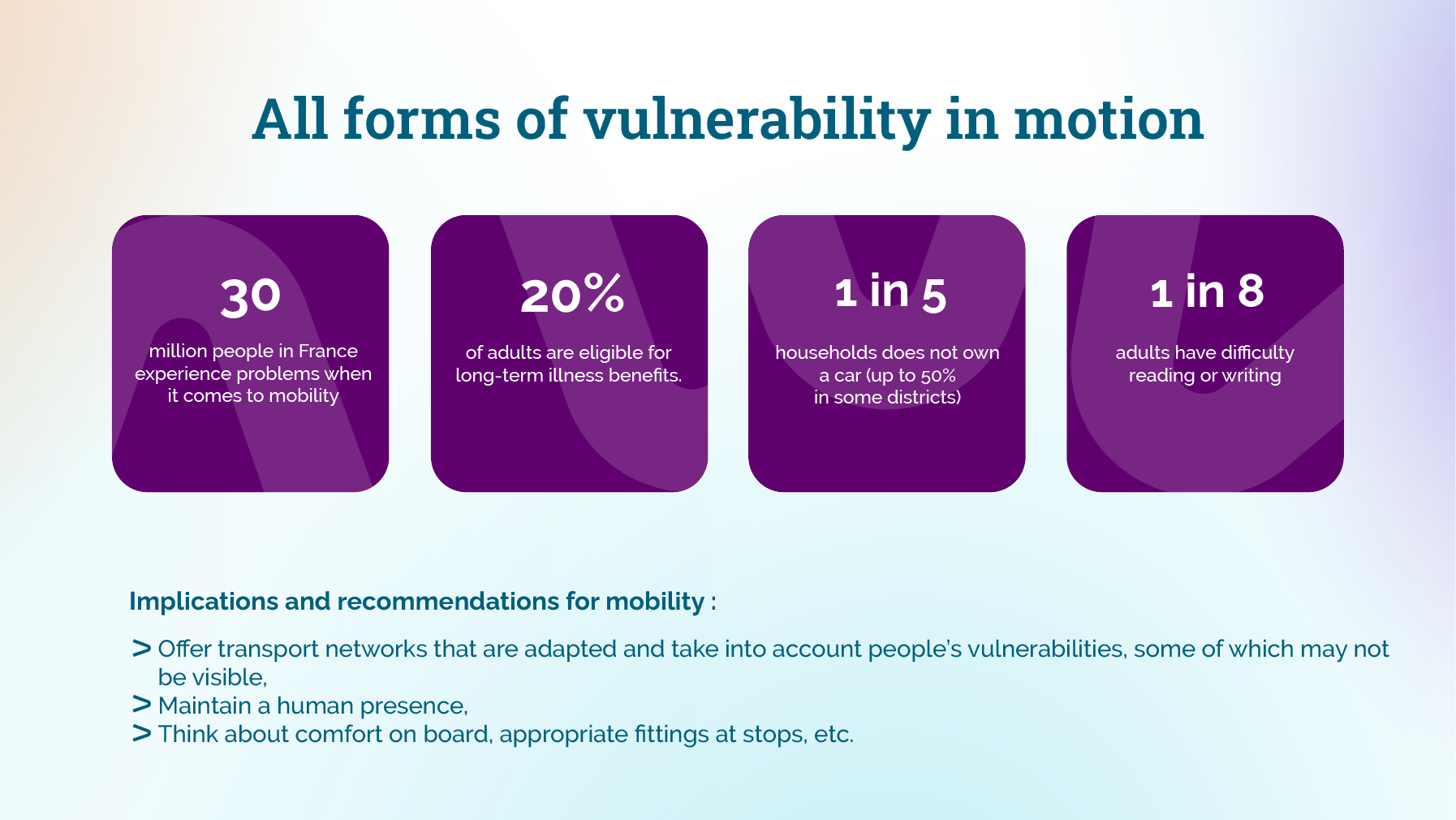In an effort to meet people's expectations as effectively as possible, Keolis deciphers today's lifestyles in order to imagine tomorrow's mobility. Keoscopie, an observatory headed by Keolis' Forecasting Department, has been carrying out studies for over twenty years, researching and observing use patterns and lifestyles, the different profiles of communities and their local specificities. Based on an innovative forward-looking approach, it helps to build concrete solutions for ever more attractive mobility, taking into account citizens in all their diversity.
Keoscopie, an unprecedented and unconventional perspective on mobility
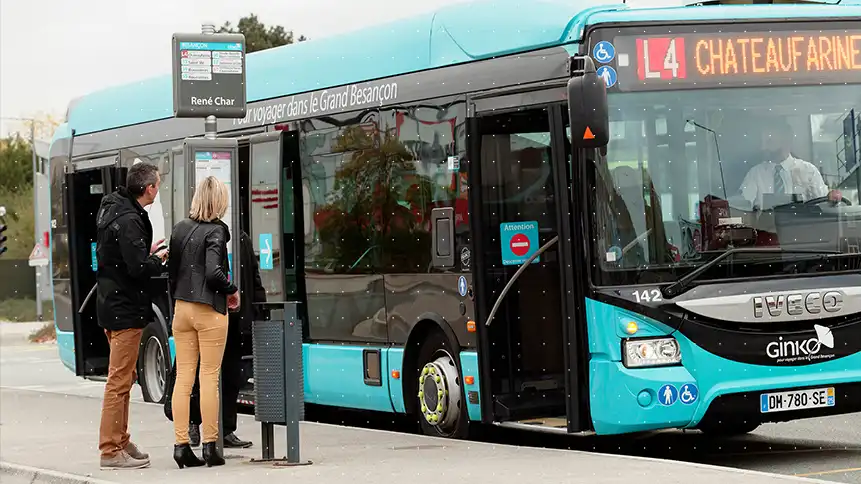
A shared approach for the benefit of communities
“Represent the voice of the customers”
The Keoscopie observatory is part of a philosophy of co-construction of mobility services, based on listening and dialogue with public transport authorities, councillors and public officials and the general public.
Meeting and sharing
Throughout the year, the findings of Keolis research and studies are presented to local councillors and public transport authorities, as well as to local Keolis teams, to assist them in conceiving and building tomorrow's mobility in their community.
These discussions take the form of talks open to the general public or private meetings, and are designed to shed light on the issues facing each community, taking into account citizens in their diversity.
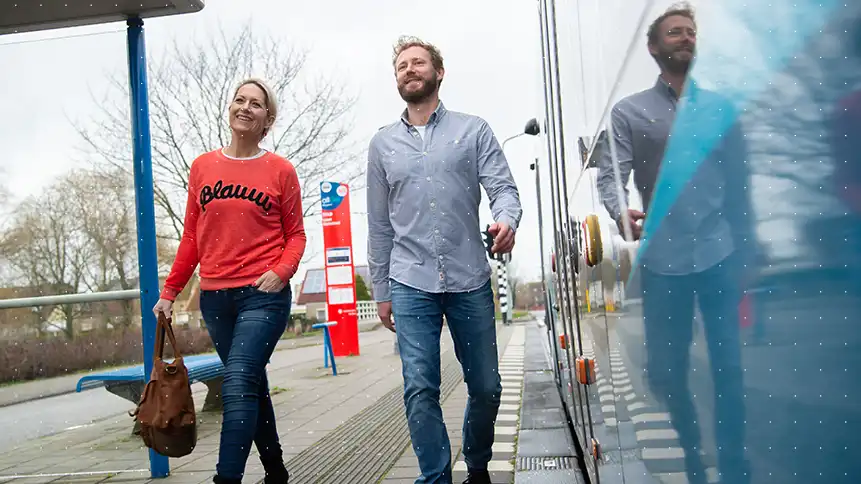
“Our lives in motion” podcast – breaking down received wisdom on the subject of mobility
In Our lives in motion, journalist César Monteyrol talks to Eric Chareyron, foresight director at Keolis. Together, they analyse the patterns of citizens and the impact of transformations in society on the use of public or private transport options.
Tribunals for the Mobility of Future Generations
Following on from the Keoscopie observatory, Keolis organised a "Tribunals for the mobility of future generations" operation in 2023 and 2024. The aim of these four field events: go beyond preconceived ideas about mobility, invite everyone to express their points of view and provide food for thought about concrete solutions to the major mobility challenges of today and tomorrow.
Based on a unique participative approach, these workshops staged the major debates in the form of a trial, with a public prosecutor, a jury, a judge and expert witnesses. Among the debates: "Will electric mobility save the climate?", "Can we do without cars?", "Should we stop travelling?", "Is a desirable city a car-free city?
Observe to act together Bespoke solutions
The findings of the Keoscopie observatory help Keolis to move towards increasingly attractive, flexible, inclusive and personalised mobility. The Group builds and constantly improves its transport offer and associated services, to better serve the communities and adapt to people's new lifestyles and expectations.
For example, it is thanks to the findings of the Keoscopie observatory that the Flexo services were developed. Symbolising Keolis' commitment to passenger safety, these services go beyond on-demand transport. Deployed in Ile-de-France and Nancy, Flexo provides passengers with virtually personalised journeys in the evenings and at weekends, without prior booking. The aim is to take them in complete safety as close as possible to where they live, when they get off the last train, or from the city centre. The driver then builds their route around the stops requested by passengers. In Montgeron, the bus waits for passengers if trains are delayed.
Other networks have benefited from the Keoscopie experience by, for example, naming public transport stops in respect of the neighbourhoods and/or facilities they serve, so that they are easier for the public to identify.
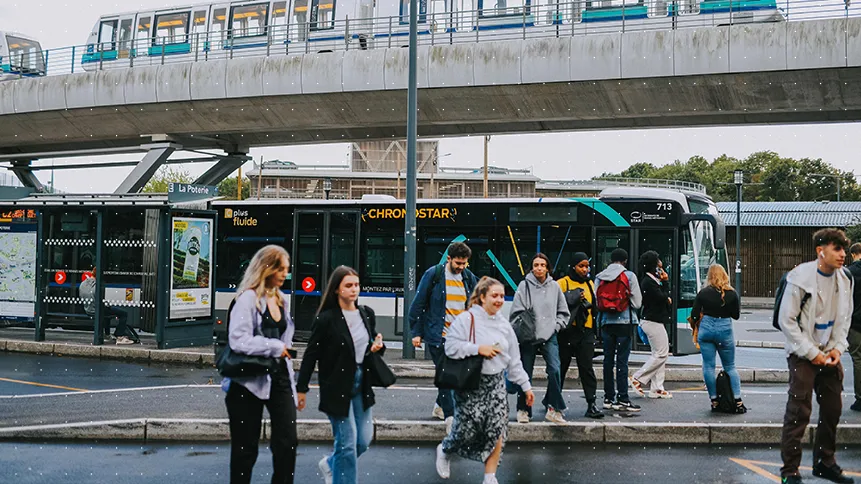
Greater Besançon: optimising the transport network thanks to Keoscopie
In Greater Besancon (France), Keolis used the results of its Keoscopie studies to optimise the Ginko transport network.
The tram service was supplemented by the creation of BRT (bus rapid transit) lines. These new buses offer passengers more regular mobility, seven days a week, in the evenings and during school holidays, in high-ridership areas (city centre, shopping centres, hospitals). This new service offer addresses the need expressed to maintain a year-round service to satisfy travel demand other than the home-to-work or home-to-school commute.
At the same time, the quality of passenger information has improved thanks to Keoscopie and its lessons on the accessibility of resources for people with reduced mobility. This work has led to the creation of a new website, a mobile application, a fully accessible e-store and dynamic information screens at tram stations and bus stops, as well as on board vehicles.
Key learnings to take away
All forms of vulnerability in motion
30 million people in France experience problems when it comes to mobility
1 in 5 households does not own a car (up to 50% in some districts)
1 in 8 adults have difficulty reading or writing
Nearly 20% of adults are eligible for long-term illness benefits.
Implications and recommendations for mobility:
Offer transport networks that are adapted and take into account people’s vulnerabilities, some of which may not be visible,
maintain a human presence,
think about comfort on board, appropriate fittings at stops, etc.
Digital tech to back up traditional solutions
85% of people surveyed think that digital tech makes them more efficient and helps them get the most out of everyday life…
while 83% think that with digital tech, we are in a two-speed society where some people are abandoned.
A third of adults have given up on completing administrative procedures online
Implications and recommendations for mobility:
Continue to use a variety of communication channels and maintain human interaction (telephone or physical contact in sales offices, presence of staff on the network) for advice, complex requests or on-demand service bookings so that no-one is left by the wayside.
Very irregular and differing lifestyle tempos
Behind the flows, the individuals: when we observe in the evening that on average 2,000 passholders use the network every day, in reality 20,000 different passholders will have used it at least once in the course of the month.
Approximately 1 in 2 adults does not work
About 6 out of 10 adults live without children
More than 9 out of 10 working people worked during the October half-term holiday
Less than 1 in 10 working people telework every day
Implications and recommendations for mobility:
Supplement the footfall analysis with that of the number of beneficiaries
Reason in terms of making public transport appealing all day, all week and all year long,
Adapt resources to flows.
Interactions between communities that extend far beyond commuting.
There are more occasional customers (who use a network less than once a month) than regular customers.
A city's area of influence far exceeds its catchment area, as defined by INSEE.
During the week, a third of people travel to a medical appointment.
Implications and recommendations for mobility:
Take into account visitors who are not necessarily familiar with the network or the local area,
Develop services and passenger information that are simple, clear and easy to understand; provide a human presence at the main points on the network;
Raise awareness and train customer-facing staff.
